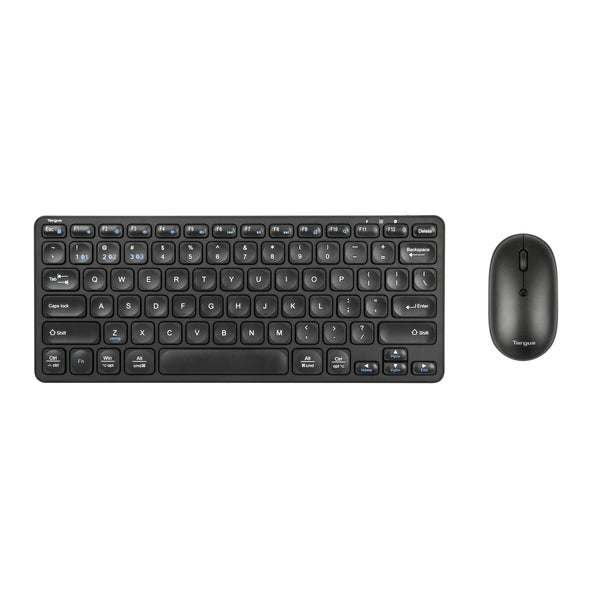

- WIRELESS KEYBOARD AND MOUSE FOR MAC MINI WITH USB 3.0 HOW TO
- WIRELESS KEYBOARD AND MOUSE FOR MAC MINI WITH USB 3.0 PRO
- WIRELESS KEYBOARD AND MOUSE FOR MAC MINI WITH USB 3.0 BLUETOOTH
Triple-click anywhere in the line below on this page to select it: You may have to press and hold the power button on the right side of an Apple keyboard until the LED starts flashing. The keyboard should pair automatically when you reboot.
WIRELESS KEYBOARD AND MOUSE FOR MAC MINI WITH USB 3.0 HOW TO
How to set up your Apple Wireless KeyboardĪpple Wireless Keyboard: Difficulty during pairing process
WIRELESS KEYBOARD AND MOUSE FOR MAC MINI WITH USB 3.0 BLUETOOTH
It's a good idea to keep a cheap wired keyboard and mouse or trackball as backups for a desktop Mac anyway, because Bluetooth isn't completely reliable.įollow the instructions in these support articles:
WIRELESS KEYBOARD AND MOUSE FOR MAC MINI WITH USB 3.0 PRO
The Mac Pro is still the lone holdout without USB 3.0 ports.You may need a wired keyboard to carry out some of these steps. In other words, if the connector looks cheap it probably is, and you can expect Wi-Fi and Bluetooth interference.Īpple includes USB 3.0 ports on the MacBook Pro, Retina Display MacBook Pro, iMac and Mac mini, so wireless connectivity interference is a possibility with nearly all of the company's computer lineup. Providing a grounding spring/tab on the top side of the receptacle connector, in addition to the grounding springs on the sides, is recommended. The USB 3.0 receptacle connector should have a robust mating interface to the shield of the USB 3.0 plug when it is inserted. The USB 3.0 receptacle should also make good contact to the PCB ground by providing sufficient number of ground tabs to ensure a low impedance path to PCB ground. The receptacle connector should have a back-shield to ensure that the receptacle connector is fully enclosed. It is critical that the receptacle connector shield be connected to a metal chassis or notebook enclosure through grounding tabs or screws. The end result is that Wi-Fi network connections may slow down or drop off, and Bluetooth keyboards and mice may seem sluggish or unresponsive.Īlong with keeping your USB 3.0 hard drives and other peripherals away from your computer's Wi-Fi and Bluetooth antennas, you can minimize radio interference by using well shielded USB 3.0 cables and by avoiding products that don't have properly shielded USB connectors - which may take some research to see if there are any complaints about the USB 3.0-compatible devices you're considering buying.

The interference, or broadband noise, emitted by USB 3.0 connectors and cables affects the signal to noise ratio around the 2.4 GHz range, and as Intel's engineers stated, "This may result in a drop in throughput on the wireless link." For the MacBook Pro and MacBook Air, those antennas happen to be near the screen hinges along the back of the computer.

USB 3.0 connectors and cables can radiate interference in the 2.4 GHz spectrum that causes Wi-Fi and Bluetooth signals to intermittently drop out when they're near the antennas. You can minimize the problem by keeping USB 3.0 hard drives away from the screen hinges on your MacBook Pro or MacBook Air, and don't set the drives behind the screen, either.īad Wi-Fi? Check your USB 3.0 peripherals The issue is that USB 3.0 hard drives can emit radio frequencies that interfere with Wi-Fi and Bluetooth transmissions on the 2.4 GHz band, especially when placed near the antennas in your laptop. Annoyed with bad Wi-Fi and Bluetooth performance on your Retina MacBook Pro? That fancy new USB 3.0 hard drive you connected may be the problem.


 0 kommentar(er)
0 kommentar(er)
